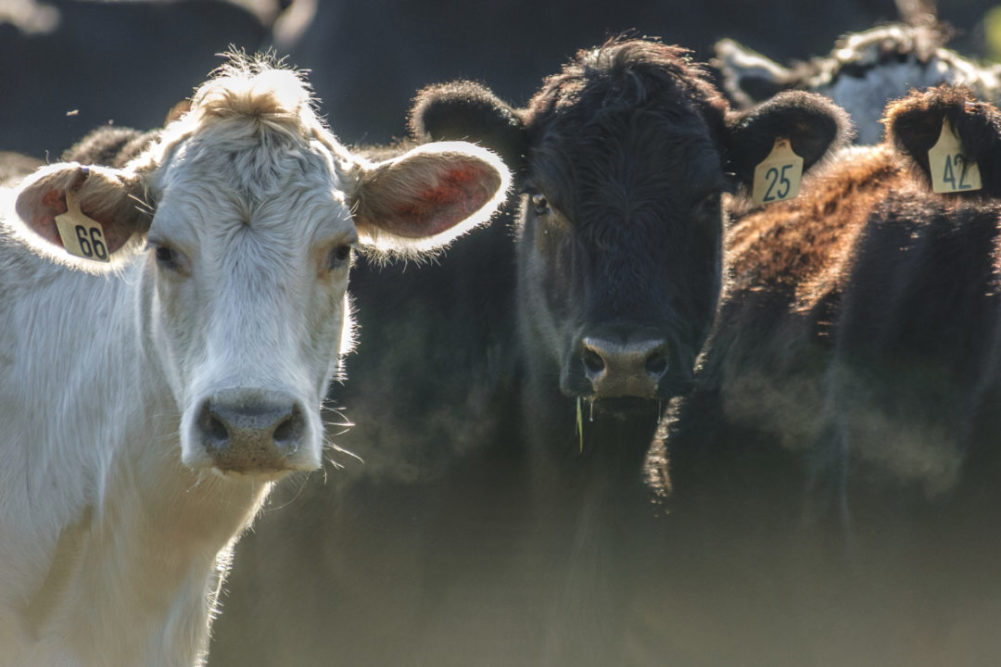UTRECHT, NETHERLANDS — Global cattle prices have diverged into two distinct groups, according to Rabobank’s third quarter beef report. While the United States and Europe are experiencing a decline in supply and high consumer demand, the rest of the world is seeing softer consumer demand and lower prices.
“This price split is the largest we have seen in the last 10 years,” said Angus Gidley-Baird, senior analyst of animal protein at Rabobank. “Such a separation in prices will have consequences for beef exporters’ competitiveness, and we expect to see some shift in trade volumes as a result.”
Compared to last year, US cattle prices have jumped nearly 30%, meanwhile Australian cattle prices dropped by more than 30%.
As a result of the split demand worldwide, Rabobank predicts total production drops in New Zealand and the United States to outweigh the growth in Australia, Brazil and China.
In the United States, pasture conditions have improved over last year, but cow herd reductions are still on trend. The beef cow inventory totaled 29.4 million head, which is down 800,000 from a year ago.
In conjunction with declining domestic production, US beef exports are down, and imports are up. Compared to last year, beef exports dropped 14%, while imports increased 5%.
“Higher US beef prices are attracting cheaper beef from Australia, Mexico and Canada and discouraging export business,” Gidley-Baird said.
Beef production has been down in Europe as well, down 5% year over year in the first five months of 2023. According to Rabobank’s report, prices have been easing as consumer demand dwindled in the summer months.
Asian countries continue to have a surplus of supply that was purchased earlier in anticipation of recovery from the COVID-19 pandemic.
China’s imports in the next quarter are expected to decline in order to level out the current inventory of imported beef.
The Rabobank report estimates Japan currently has over three months’ worth of consumption in stocks. Even if demand rebounded, the large volume would likely continue to limit the country’s beef imports.
“Softer consumer demand is making it harder to move these volumes through the system,” Gidley-Baird said.



